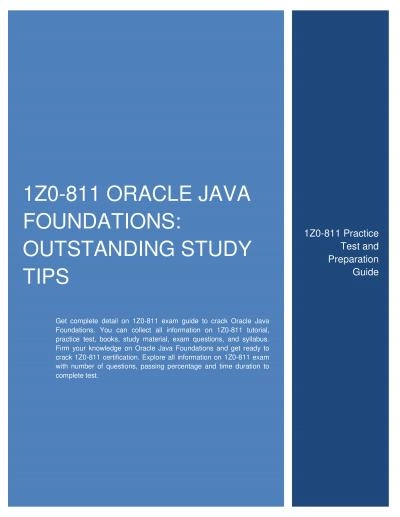PPT-Building Java Programs Chapter
Author : thesoysi | Published Date : 2020-10-22
15 ArrayIntList reading 151 Welcome to CSE 143 Go to pollevcomcse143 Context for CSE 143 CSE 142 Control loops ifelse methods parameters returns IO Scanners user
Presentation Embed Code
Download Presentation
Download Presentation The PPT/PDF document "Building Java Programs Chapter" is the property of its rightful owner. Permission is granted to download and print the materials on this website for personal, non-commercial use only, and to display it on your personal computer provided you do not modify the materials and that you retain all copyright notices contained in the materials. By downloading content from our website, you accept the terms of this agreement.
Building Java Programs Chapter: Transcript
Download Rules Of Document
"Building Java Programs Chapter"The content belongs to its owner. You may download and print it for personal use, without modification, and keep all copyright notices. By downloading, you agree to these terms.
Related Documents

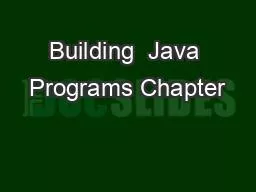
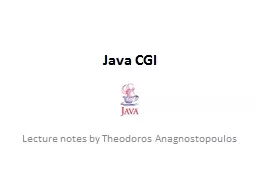
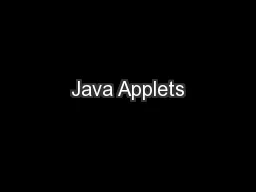
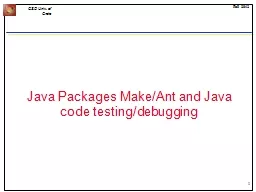
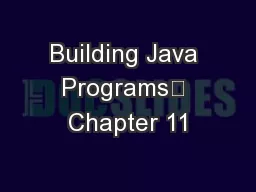


![[READING BOOK]-Learning Java by Building Android Games: Learn Java and Android from scratch](https://thumbs.docslides.com/972922/reading-book-learning-java-by-building-android-games-learn-java-and-android-from-scratch-by-building-six-exciting-games-2nd-edition.jpg)
![[eBOOK]-java programming book.effective java coding problems for beginners and dummies](https://thumbs.docslides.com/973026/ebook-java-programming-book-effective-java-coding-problems-for-beginners-and-dummies-8th-edition-2021-2022-java-book-programming-java-for-beginners-java-a-beginner-s-guide.jpg)
![[FREE]-Java: This book includes: Java Basics for Beginners + Java Front End Programming](https://thumbs.docslides.com/973042/free-java-this-book-includes-java-basics-for-beginners-java-front-end-programming-java-back-end-programming.jpg)
![[DOWLOAD]-The Java Class Libraries: Java.Applet, Java.Awt, Java.Beans](https://thumbs.docslides.com/973154/dowload-the-java-class-libraries-java-applet-java-awt-java-beans.jpg)

